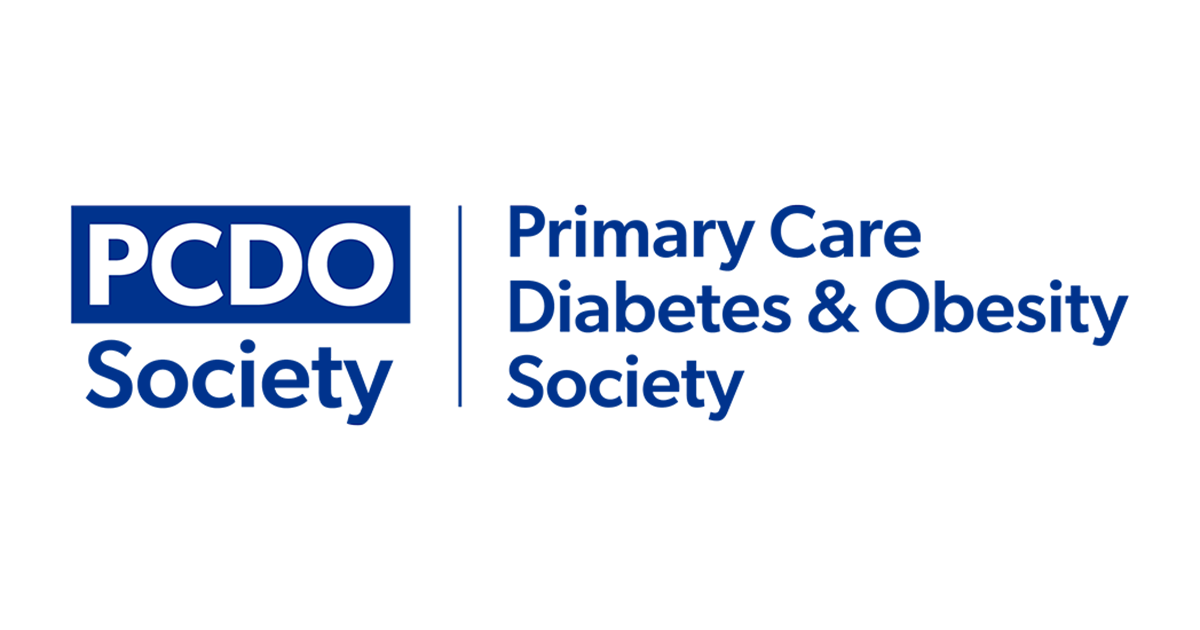Depression is three times more common in individuals with diabetes than in the general population, affecting at least 15% of patients with diabetes (Gavard et al, 1993; Peyrot et al, 1997). Up to 33% of people with diabetes have an episode of major depression during their lifetime, a figure significantly greater in statistical terms than that for the general population (Lustman et al, 1998).
Major depression has a significant impact on morbidity, all-cause mortality, functional disability, absenteeism from work and increased healthcare expenditure. Depression in diabetes is generally severe and recurrent, and <10% of those who achieve remission remain symptom-free for the subsequent 5 years (Lustman et al, 1998). Studies suggest that depression in those with diabetes occurs more frequently in women than men, much as it does in the general population, and is equally common in patients with type 1 and type 2 diabetes.
Causes of depression
The cause of depression in people with diabetes is unknown, but it probably results from a complex interaction between psychological, physical and genetic factors. The precise contribution of these factors will vary from patient to patient. Diabetes is a demanding condition and adjusting to dietary restrictions, treatment regimens, hospitalisations and increased financial obligations can be difficult for patients and their families. Coping with limitations in function (or fear of limitations) associated with advancing diabetes, such as loss of vision or sexual capacity, is certainly stressful and may contribute to depression. Various physical changes associated with diabetes, including neurochemical and neurovascular abnormalities, are also factors. Furthermore, there is information to suggest that depression in people with diabetes may be caused by genetic factors unrelated to diabetes. Each of these potential sources should be considered when speculating about the cause of depression in any particular patient. (Lustman et al, 1992; Lustman et al, 1997).
Consequences of depression
Whatever the cause, depression once present will interact negatively with diabetes. Depression has a complex physiological relationship with diabetes. Prospective and cross-sectional studies have linked depression to glucose dysregulation, with a significant 1.8% increase in HbA1c being directly attributable to depression (Mazze et al, 1984). Depression has been directly associated with poor glycaemic control, the major cause of diabetes complications (Anderson et al, 2001; Lustman et al, 2000; Talbot and Nouwen, 2000). Depression also contributes to obesity, physical inactivity, and treatment non-compliance, factors that promote poor glycaemic control. Depression has been linked directly to an increased risk of neuropathy and cardiovascular disease and to other factors (e.g. smoking and substance abuse) that add further to their risk. Thus, depression has direct and indirect links to both poor glycaemic control and diabetes complications in both adults (Lustman et al, 1992) and adolescents (LaGreca et al, 1995).
Depressed patients respond poorly to lifestyle interventions (e.g. smoking cessation and weight-loss programmes), further jeopardising efforts to control diabetes and improve outcome.
Identification of depression in diabetes
Using currently accepted psychiatric diagnostic techniques, the diagnosis of major depressive disorder is made when criterion symptoms occur together, are severe, and persist daily over a period of at least 2 weeks (American Psychiatric Association,1994). Sad mood or a significant loss of interest or pleasure are important signs for diagnosis, and one or the other must be present along with any four of the other listed symptoms. The symptoms must be the source of significant distress or decline in social, occupational, or other important areas of functioning in order to count toward a diagnosis of depression. Criterion symptoms that result from taking medication or illicit drugs or that are referable to bereavement are discounted.
One additional rule must be considered in valuing these symptoms. Those symptoms judged as being caused by a medical condition do not help in establishing the diagnosis of depression. Because uncontrolled diabetes can cause symptoms that are very typical of depression (e.g. fatigue, weight changes), the rule is useful and discourages overdiagnosis of the emotional disorder. The fact that diabetes does not directly produce the key diagnostic symptoms (sadness and loss of interest or pleasure) further reduces the likelihood of a false- positive diagnosis. In short, diabetes, even when uncontrolled, does not impair the clinician’s ability to easily and accurately diagnose depression.
Despite its potential for diagnosis, depression in people with diabetes is recognised and treated in less than a third of cases (Lustman and Harper, 1987). Many factors contribute to this problem, including the assumption that depression is merely secondary to diabetes and not of independent importance. This perception persists despite clear evidence that depression may interact negatively with diabetes, and it unfortunately serves to focus clinical management efforts almost exclusively on the medical condition. Brief paper-and-pencil tests like the Beck Depression Inventory (BDI; Beck and Beamesderfer, 1974) can be used in outpatient medical settings as a preliminary method of screening for depression and help to focus the healthcare team on patients in need of treatment, particularly in clinical settings where mood is not routinely assessed. This 21-item instrument does not require an interview, is self- administered, takes 5–10 minutes to complete, and is scored easily and manually by summing the ratings for each of the 21 items.
Lustman et al (1997) suggest that patients with symptoms of depression lasting 2 weeks or more and BDI scores > 16 should undergo formal diagnostic testing to determine whether major depressive disorder is present and that this cut-off score captures more than 70% of the patients with depression. Furthermore, Peveler et al (2002) suggest that the use of screening questions in those at risk, in particular two questions about low mood (for example, ‘How have you been feeling recently? Have you been in low spirits?’) and lack of pleasure in life (e.g. ‘Have you been able to enjoy the things you usually enjoy?’), can detect up to 95% of patients with major depression.
Treatment
The development of a treatment plan depends on systematic assessment that should, whenever possible, not only involve the individual patients but also their partners or other key family members. There are two general methods for treating depression, one is medication and the other is psychotherapy. Psychotherapy differs from general supportive counselling in its application of a specific set of proven techniques aimed at removing depression symptoms and improving psychosocial functioning. In general, medication and psychotherapy are equally effective treatments for depression, and approximately 50–60% of treated patients will achieve a remission within 3 months.
Antidepressant medications are equal in their antidepressant effects when used in primary care settings and psychiatric clinics, and the same is presumed in people with diabetes. Consequently, selection is based on such factors as presenting symptoms, coexisting medical conditions, drug interactions and side-effects. The conventional tricyclic antidepressants (for example, nortriptyline) have been used effectively in primary care for many years and are particularly helpful in regulating sleep. Use of these agents in patients with diabetes must take into consideration the potential for weight gain and other adverse cardiovascular effects. The newer selective serotonin reuptake inhibitors (SSRIs; for example, fluoxetine) are equally effective but do not usually cause weight gain or sedation. The use of these drugs in patients with diabetes must be balanced against the possibility of gastrointestinal distress, agitation, and sexual dysfunction.
Psychotherapy may have a uniquely important role in the treatment of depression because it has no physical side-effects contraindicating its use in diabetes. Studies in the general population for example, indicate that cognitive behaviour therapy, a psychotherapeutic treatment, is at least as effective as pharmacotherapy (Hollon et al, 1992). Results from the Lustman et al (1998) study of patients with depression and diabetes suggest that after 10 weeks of therapy, remission of depression was 85% in the cognitive behaviour therapy and self- management training group versus 27% in the self-management training only group. At 6-month follow-up, these remission rates were 70% versus 33.3%, and blood glucose levels were 9.5% for cognitive behaviour therapy and 10.9% for the control group. Furthermore, Pouwer et al (2001) report that monitoring and discussing psychological wellbeing as part of routine diabetes outpatient care had favourable effects on the mood of patients but did not affect their HbA1c.
Conclusion
Depression in people with diabetes is a prevalent and chronic condition. It has importance in diabetes that goes beyond its recognised effects on normal mental functioning. Depression will actually complicate the medical disease by influencing the reporting of diabetes symptoms, reducing compliance, promoting poor glycaemic control, and increasing the risk of progressive end-organ damage. Treatment of depression is effective and important for its positive effects on mood, glycaemic control, and overall quality of life. Better recognition and better treatment of depression in diabetes are important in themselves, but they can also potentially improve medical outcome in a substantial portion of patients with diabetes.





Seeing rising numbers of people with private prescriptions for injectable weight loss drugs, Jane Diggle discusses how to maximise their benefits.
3 Mar 2025